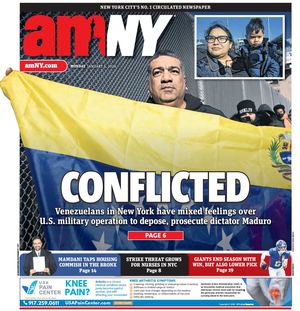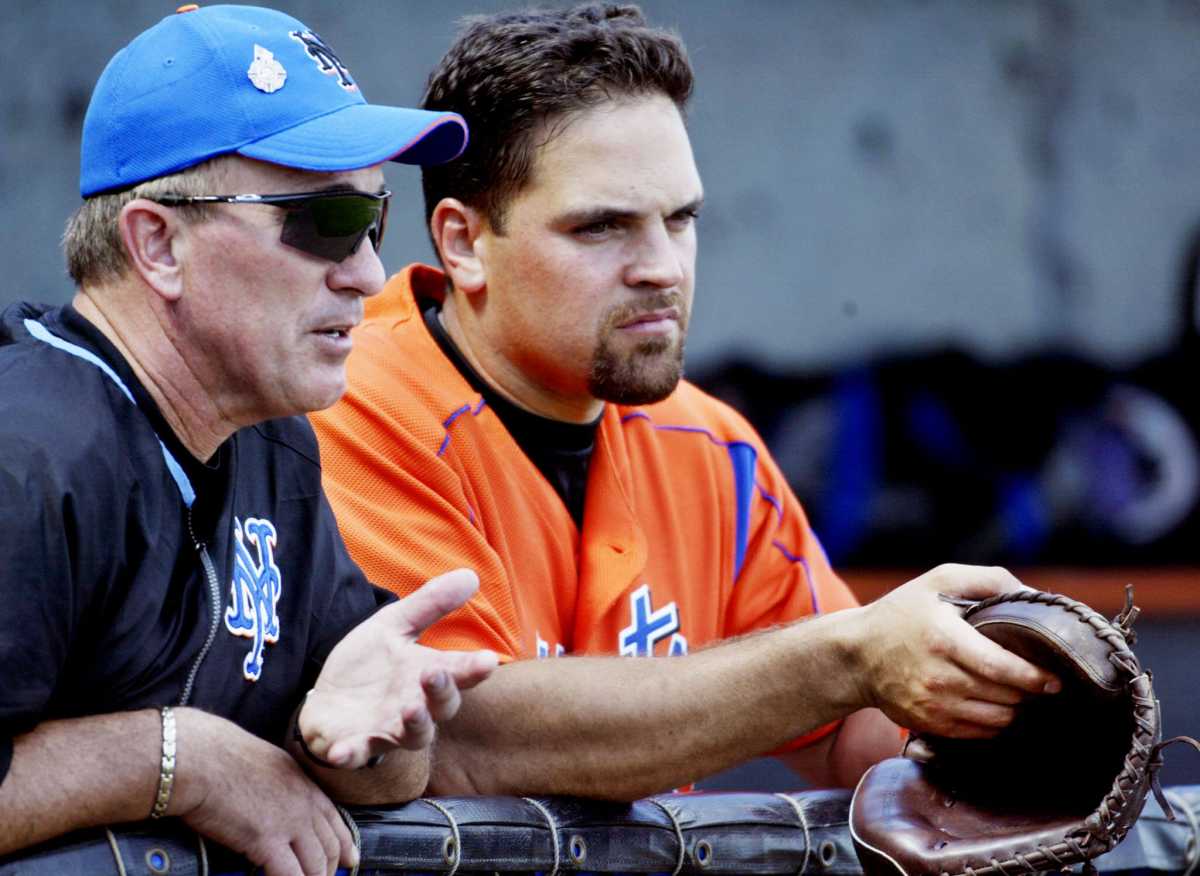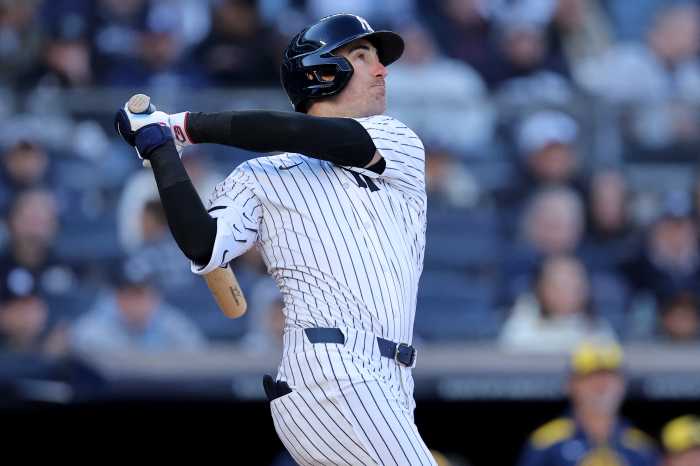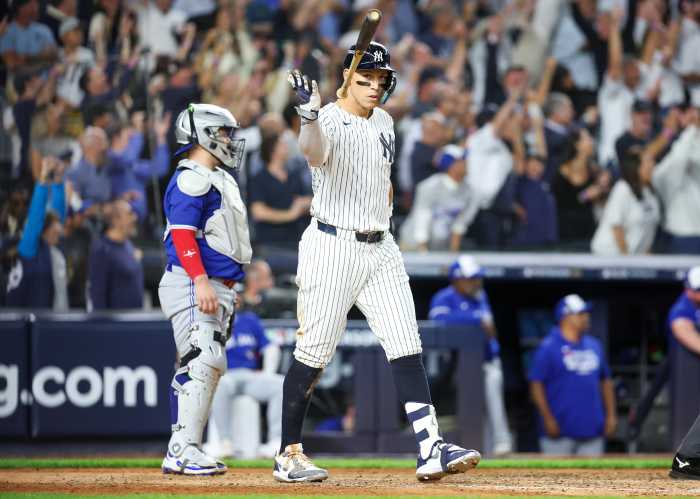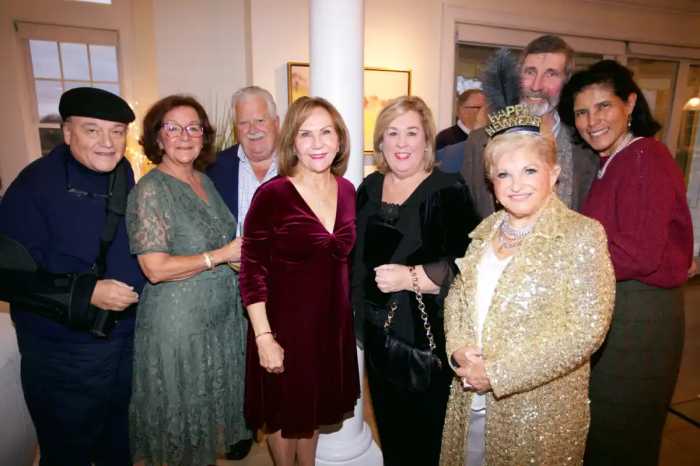Rumors of the first-place Mets interest in Washington Nationals’ ace Max Scherzer as the July 31 trade deadline approaches have sent the hearts of the Flushing faithful aflutter, with the visions of postseason glory dancing in their heads.
The hope got a bit of a boost Monday night when reports surfaced that Scherzer, who has a no-trade clause, indicated that he would not veto a trade should the Nationals find a deal to be made this week. The three-time Cy Young Award-winner is in the final year of his contract, and along with the Mets, a number of other potential suitors have emerged — including the San Diego Padres and the Tampa Bay Rays.
But while acting Mets General Manager Zack Scott says he’s open to trading with the Nationals and other rivals in the National League Eastern Division, skepticism remains about whether his counterpart in Washington, Mike Rizzo, would be just as willing.
For the Mets part, they’ve traded with divisional rivals before. Some of the biggest trades in franchise history, in fact, have come with other Eastern Division teams, reshaping the club’s immediate fortunes.
In recent years, however, in-division trades for the Mets have been few and far between. At a press-conference on Monday, Scott noted that such transactions often come with an “in-division tax” in which one of the parties seeks a higher return on a player than their actual market value because their club will have to oppose them, perhaps, for many seasons to come.
Let’s take a look at some recent trade history between the Mets and their four current Eastern Division rivals.
Atlanta Braves
The Braves joined the Eastern Division in the 1994 realignment. The next season, they won their first of 11 straight division titles, several of which came at the expense of the Mets, who finished second to them between 1998 and 2001.
Because of that rivalry, the two franchises hadn’t traded with each other very often during that period. The most impactful trade for the Mets came in July 2015, with the Amazin’s struggling (at that point) to catch the first-place Nationals and the Braves muddling in the bottom half of the division.
The Mets picked up infielders Juan Uribe and Kelly Johnson from the Braves in exchange for minor leaguers John Gant and Robbie Whalen. Uribe and Johnson provided an immediate offensive jolt for the Mets off the bench that proved critical to the Mets’ second-half run that ended with not only the Eastern Division title, but also the National League pennant.
Johnson went back to the Braves in 2016 via free agency, but the Mets re-acquired him that July in exchange for pitcher Akeel Morris. To date, that’s the most recent trade between the two rivals.
Miami Marlins
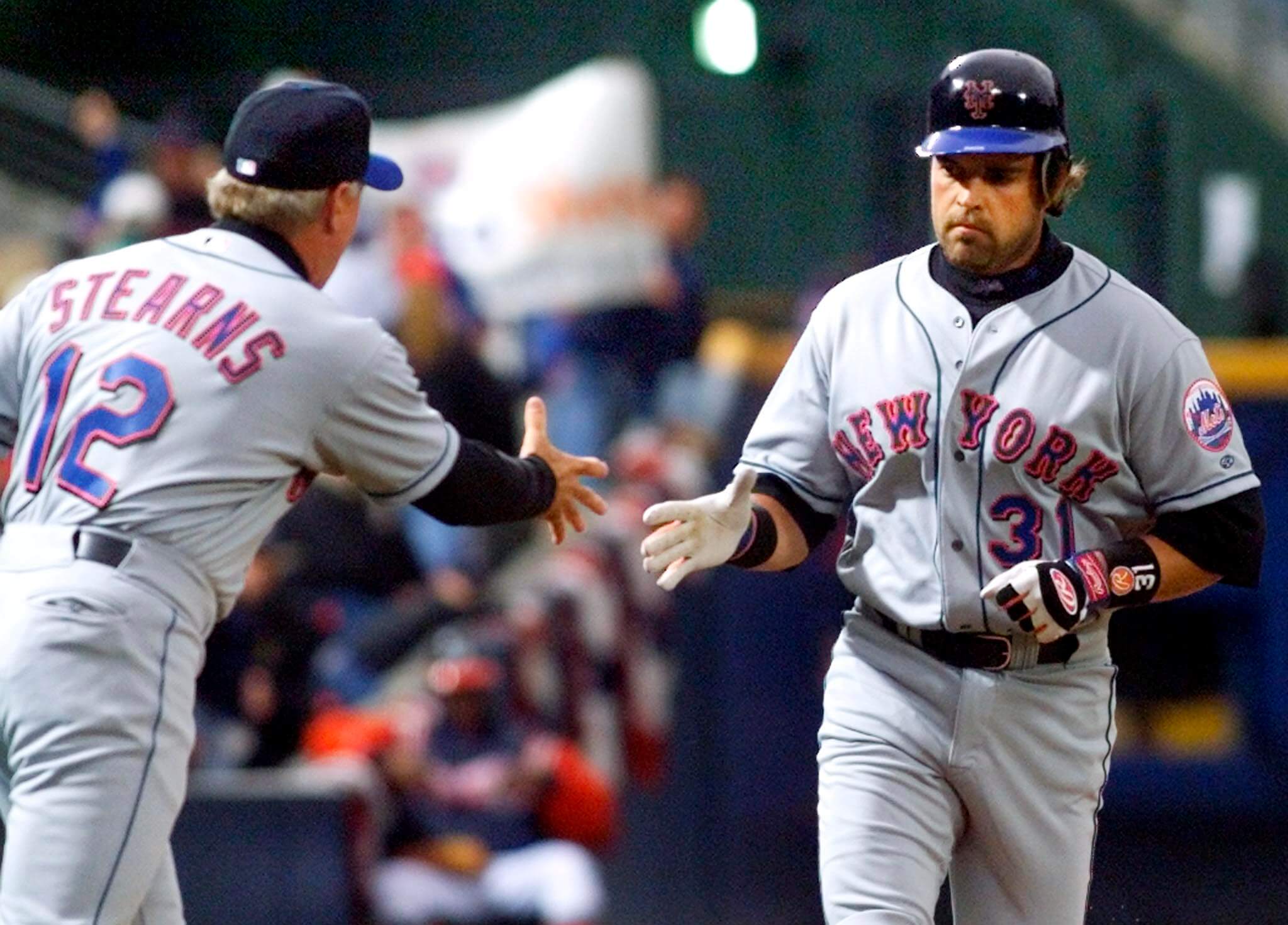
TLC/JP
Forever a target of ire among Mets fans for their roles in the 2007 and 2008 collapses, the Marlins have actually proven beneficial to the Flushing front office in previous years.
The Mets benefited from the Marlins’ disgraceful fire sale after the club won the World Series in 1997. During the offseason, the Mets picked up from Florida both left-handed reliever Dennis Cook and left-handed starter Al Leiter. Both pitchers would play major roles in the Mets’ wild card run in 1999 and National League pennant triumph in 2000.
But the biggest trade of all came in May 1999, when the Mets acquired superstar catcher Mike Piazza from the Marlins in exchange for outfielder Preston Wilson and minor league pitchers Ed Yarnall and Geoff Goetz. Piazza had been with the Marlins only a week after being picked up in another blockbuster trade with Los Angeles Dodgers.
Piazza gave the Mets an immediate jolt in the batting order and at the box office, making the Amazin’s legitimate contenders. He went on to sign a seven-year deal with the Mets and became one of the most beloved players in franchise history, with a knack of blasting soaring home runs at moments when the fans needed them the most.
Aside from the pickup of Carlos Delgado following another Marlins fire sale in 2005, the Mets haven’t made very many impactful trades with Miami in years since. The most recent deal came earlier this year, when the Mets picked up pitcher Jordan Yamamoto for a minor leaguer.
Philadelphia Phillies
The Mets and their cheesesteak-loving rivals haven’t made very many trades between each other — but when they have, the Amazin’s often wound up on the short end of the stick, leaving fans to wonder what they were thinking.
After the 1974 season, the Mets sent left-handed reliever Tug McGraw to the Phillies in a multi-person deal that brought to Flushing young catcher John Stearns. McGraw had been the driving force behind the 82-win Mets’ improbable World Series run in 1973, but the cost-cutting Mets shipped him to Philadelphia after the following season.
While Stearns turned into a solid catcher for the Mets in the late 1970s, the trade worked out better for the Phillies, as McGraw helped pitch the 1980 club to their first world championship in franchise history.
Nine years later, the Mets made another bizarre deal, sending reliever Roger McDowell and centerfielder Lenny Dykstra to the Phillies in exchange for second baseman Juan Samuel before the 1989 trade deadline. The Mets had hoped Samuel would put a charge into a club struggling to contend for the division title, but he underwhelmed in New York; the Mets finished in third, and Samuel left via free agency for the Dodgers.
Meanwhile, Dykstra would become a star in Philadelphia, helping the club reach the World Series four years later.
The most recent trade between the Mets and Phillies occurred in the summer of 2019, when New York shipped starting pitcher Jason Vargas down the turnpike for a minor-league catcher.
Washington Nationals/Montreal Expos
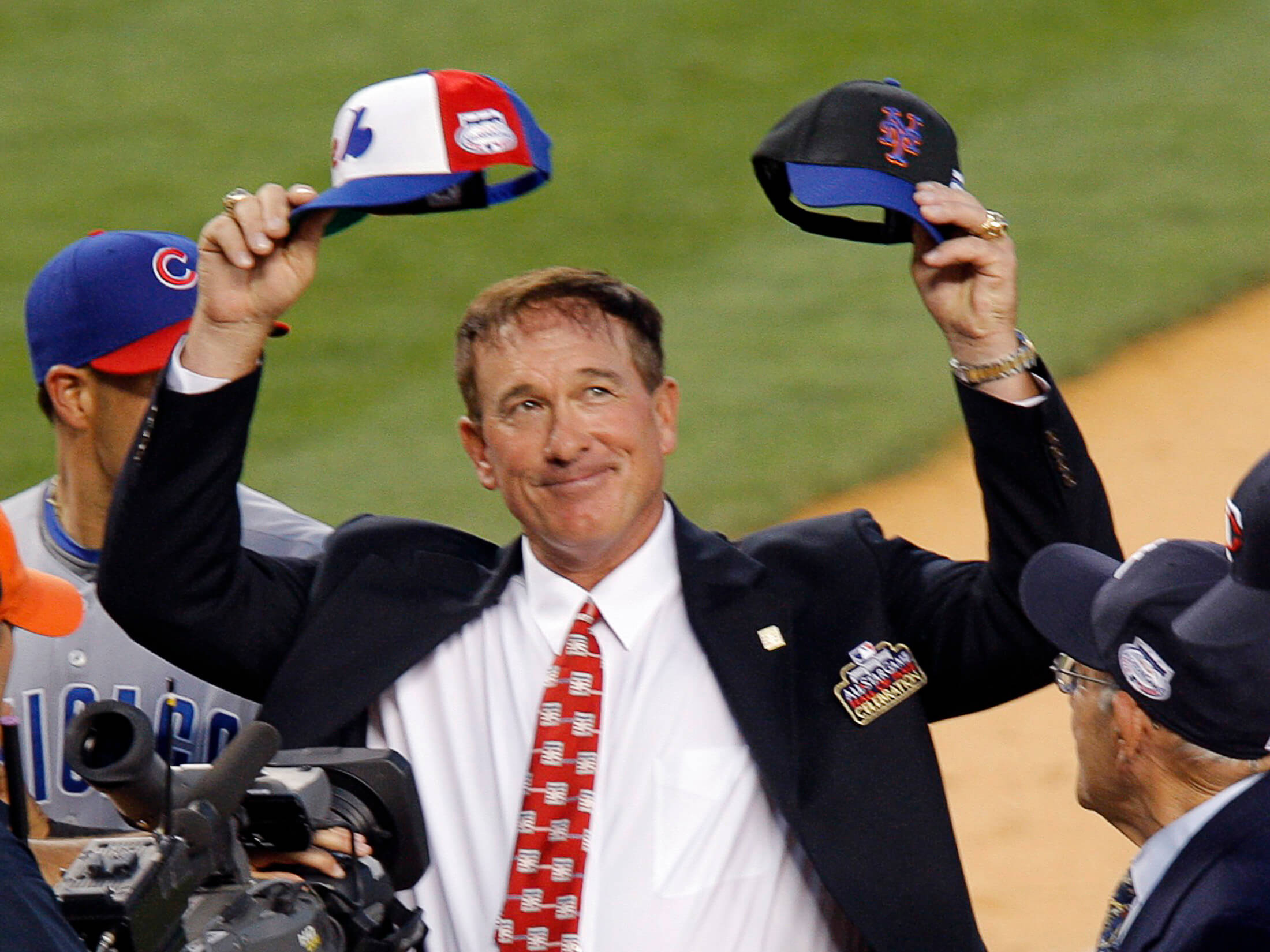
Since relocating to our nation’s capitol in 2005, the Nationals and Mets have rarely exchanged players. The two biggest deals occurred in 2007, when the Mets sent outfield prospect Lastings Milledge to D.C. for outfielder Ryan Church and catcher Brian Schneider; and in 2015, when the Mets dealt outfielder Matt DenDekker to the Nationals for left-handed reliever Jerry Blevins.
The Blevins trade was the most recent deal, to date, between the two clubs. He would prove helpful for the Mets coming out of the bullpen in their pennant-winning season.
By far, however, the biggest deal between the two franchises came after the 1984 season, when the then-Montreal Expos sent all-star catcher Gary Carter to the Mets in exchange for pitcher Floyd Youmans, third-baseman Hubie Brooks, outfielder Herm Winningham and catcher Mike Fitzgerald.
The masterpiece trade gave the Mets the best catcher in baseball, whose style of play only further energized a club growing into a pennant contender. His leadership, along with that of first baseman Keith Hernandez (acquired in 1983 in an trade with the then-division rival St. Louis Cardinals), helped guide the 1986 Mets to a franchise-record 108 regular season wins, and the club’s second world championship.
An honorable mention goes to the June 15, 1969 trade in which the Mets acquired first baseman Donn Clendenon from the expansion Expos. Clendenon made an immediate impact for the Miracle Mets, and was the World Series MVP in the franchise’s shocking triumph over the Baltimore Orioles for the club’s first world championship.
Read more: Brooklyn Nets Suspend Kyrie Irving Amid Film Controversy
